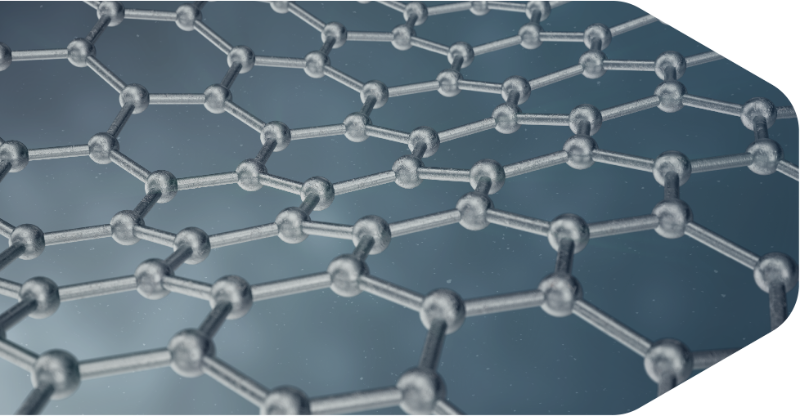Description
When I was studying Chemistry, I remember being fascinated by a massive wood and glass cabinet at the college entrance. It was a periodic table containing actual samples of the elements. The lasting impression was how many of the elements were metals. Non-metals are in the minority.
There is method in my recollection. A few weeks ago, a new form of carbon was announced by a team in the USA. They call it U-carbon and it is metallic. It conducts electricity, is magnetic and the sample they have made looks just like a highly polished metal mirror. Carbon is not a metal. Or is it? U-carbon is a layered combination of 2D and 3D material. This one will keep scientists arguing about definitions for some time to come. In the meantime, the applications for something that is mirror-like, has a very high melting point, is electrically and thermally conductive as well as magnetic and extremely hard, will be myriad. U-carbon is something to watch.
Another research project hit the headlines this month. The University of Arkansas announced they had made a device using graphene that extracts limitless electrical energy from Brownian motion. I spent several days with two of the smartest people I know to figure out what was actually going on here because this work appears to invalidate earlier work by Richard Feynman. We think we’ve got to the bottom of this and while their device works at the small scale, we think they will encounter problems scaling up and discover that Richard was right all along. Time will tell.
Yet more fascinating work has been done by the Pacific Northwest National Laboratory. They have made a new material; a graphene-copper metal composite. This is a new shear forming technique for making metal components and wires from powders. This shows 5% improved electrical conductivity compared with copper. General Motors is already working with this to lightweight their electric vehicles. We can see huge opportunities in space and clean energy where lightweighting electrically conductive copper will be a significant leap forward.
Chinese electronics hardware company MSI has embraced graphene composites. Their latest graphics card has a casing made from a graphene enhanced polymer that is four times stronger and conducts heat sixteen times better than the normal plastic they used for the casing.
Another eye-catching development was made by researchers at the University of Surrey. They have found that adding small amounts of graphene to an acrylate-based polymer makes it look like a green opalescent material. More importantly its colour changes red when squeezed and blue when stretched. This is reversible. It also responds to temperature too, losing its colour irreversibly above a set temperature. This means they have created a sensor that does not need batteries.
As usual there is so much more in this issue, the pace of this field is astonishing.
Adrian Nixon,
1st November 2020







